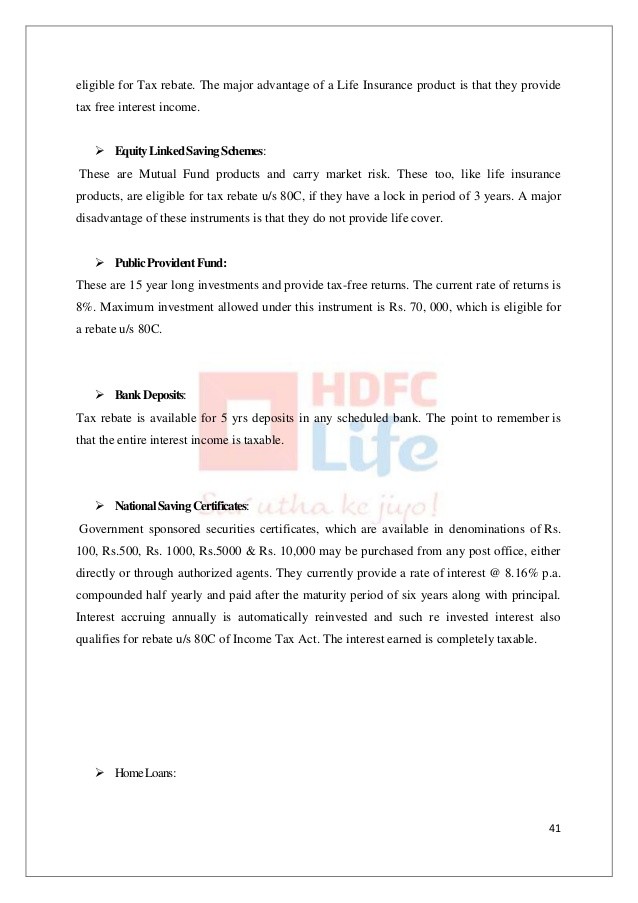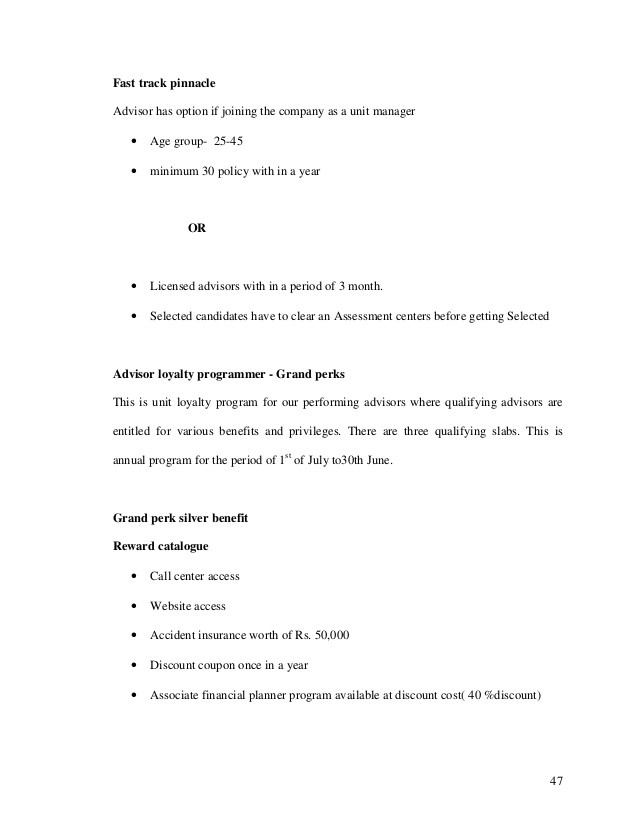Assessing the Impact of Low Interest Rates on Life Insurance Products Pinnacle Financial Group
Post on: 16 Март, 2015 No Comment

Type: Advisor Alert
While indicators of an economic recovery are showing some faint signs of life, and will hopefully gain momentum, interest rates are expected to remain near their current 30 year historic lows, in part due to a recent announcement by the Federal Reserve to keep short-term rates at their current level through 2014. These low rates will continue to put pressure on financial services companies and the interest sensitive financial products they issue, including life insurance. Advisors can provide added value and security to their clients by helping them to understand what the current interest rate climate means to their life insurance portfolios performance and what to explore in order to prudently maintain their insurance investment.
Insurers invest net policy premiums into their general account to support the interest crediting obligations of their interest sensitive/non-variable products. Products such as universal life (UL) and whole life (WL) insurance are typically priced with an assumed spread, which is the general account yield less the policy crediting rate. Target spreads vary by product but typically are around 50-150 basis points. Moodys Investors Service (Moodys) and Standard & Poors (S&P) concur that if interest rates remain low for several more years, life insurers will be strained by both spread compression and the minimum rate guarantees common in fixed account insurance products.
Moodys Interest Rate Benchmarks for UL and WL
The Moodys Aaa Long-Term Corporate Bond Yield Average represents a long-term, high-quality, fixed income investment. This index offers the best correlation to UL crediting rates and WL dividend rates, and it is therefore useful for gauging trends in product crediting rates over time. The five-year rolling average of the Moodys Corporate Bond Yield Average has the best correlation with UL crediting rates and the seven-year rolling average has the best correlation with WL dividend interest rates. Using observations and predictions of the Moodys Corporate Bond Yield Average from Moodys, S&P and other financial analysts can be helpful in stress testing and projecting future UL and WL performance.
Summary Commentary
New Insurance Portfolios: For interest sensitive products, such as UL and WL, we recommend funding new policies conservatively to anticipate lower future crediting rates while concurrently employing downside scenario testing (i.e. lower crediting rates) to test funding level adequacy.
Existing Portfolios: We advise conducting annual policy reviews with in-force illustrations that demonstrate the impact of reductions in crediting rates on policy performance. Again, we recommend using downside testing to determine appropriate funding levels going forward.

Considerations in Product Selection for New Insurance Portfolios
- UL Clients should expect potential crediting rate reductions of up to 50 basis points (bps) over the next three years and model funding scenarios with that expectation in mind.
- No-Lapse Guarantee Universal Life (NLG UL) While NLG UL can be a good product option for older clients, prices will likely continue to increase. Premiums have risen on average more than five percent in the last three years. Low interest rates, evolving reserving requirements and changes to accounting standards affecting U.S.-based insurers will likely cause guaranteed premium prices to continue to increase. Consideration should be given to the lack of cash values and lack of upside performance potential with NLG UL. In many instances, a UL product can provide lower premium, with significant downside performance cushion relative to an NLG UL product while hedging against long-term rising interest rates.
- Indexed UL (IUL) Low interest rates could result in lower caps on index crediting rates found in IUL products. However, if equity markets have a sustained period of good returns, IUL could provide better returns than fixed account UL crediting rates. One should bear in mind that the floor on IUL policies crediting rates is usually below the guaranteed crediting rates offered on UL policies so policyowners should be comfortable with the higher volatility of IUL returns. Moreover, with IUL products higher overall charge structure, clients and/or their advisors should be aware of volatilitys impact on IUL products.
- Variable UL (VUL) Following a decade-long period of stagnant market returns, equity markets could offer better return potential relative to the low current yields found in fixed income. If they can clearly understand and accept the accompanying volatility in VUL product returns, clients searching for higher returns may find better potential in VUL than in UL. Traditionally, we have not utilized VUL policies in the estate planning context given the risk/reward analysis. In short, without careful monitoring of these policies, market volatility can significantly and negatively impact a VUL policys performance or duration.
Conclusion
With the uncertainties of the markets and interest rates, coupled with the complexities of insurance products, product selection and management has never been more important and challenging. Understanding the benefits, risks and volatility of insurance products is critical to sound decision-making. Fortunately, quality consulting and its accompanying analysis will drive the sustainability of life insurance portfolios designed to meet client goals and objectives.
For more information regarding the impact of low interest rates on life insurance or any other life insurance-related questions, please contact us .














